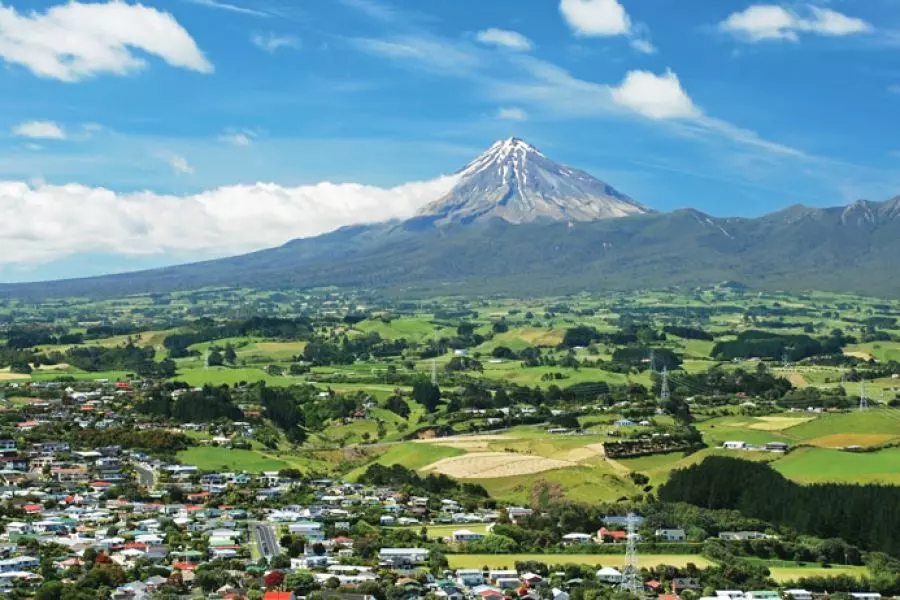
News
Energy city powering on

Monday 25th of June 2018
Taranaki is home to all of New Zealand’s producing oil and gas fields and at its hub is New Plymouth. Long known as the country’s “energy capital”, New Plymouth is a bustling city built on the back of the oil and gas exploration and production industry. That has made it a magnet for workers and for those keen to provide services, such as housing, to workers.
Rece...
Want to read the full article?
Click the button below to subscribe and will have unlimited access to full article and all other articles on the site.
Latest News
Latest Comments





![[The Wrap] Bye Bye Bayly](https://goodreturns.publit.io/file/c_fill,w_900,h_600/39f23ac1-f7c7-4854-b700-a150004ebbac.webp)


